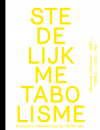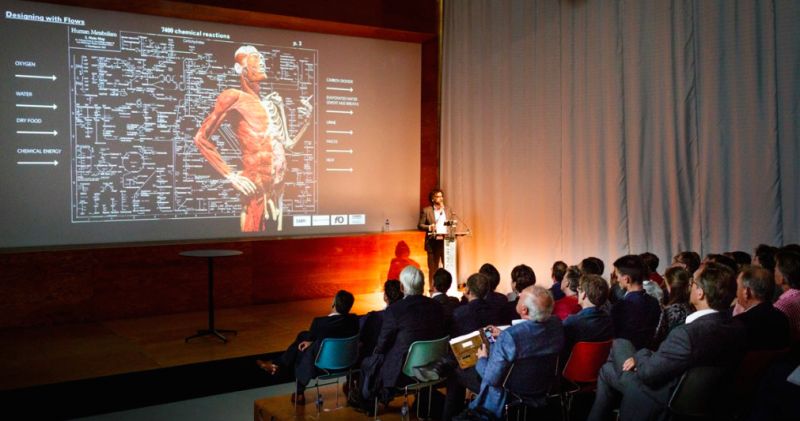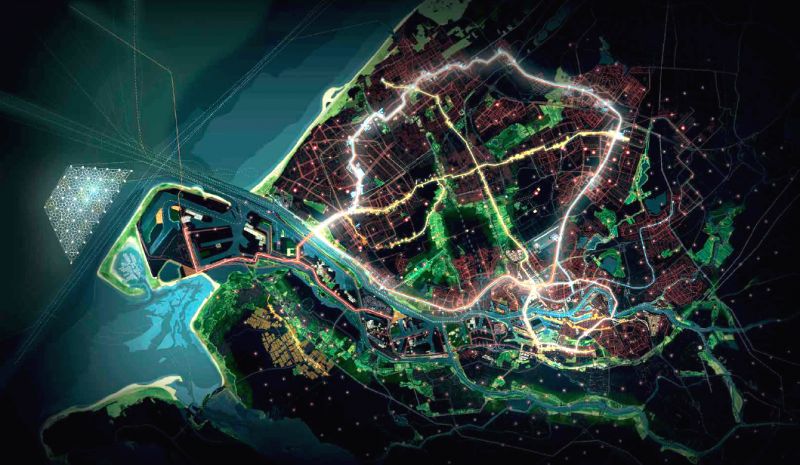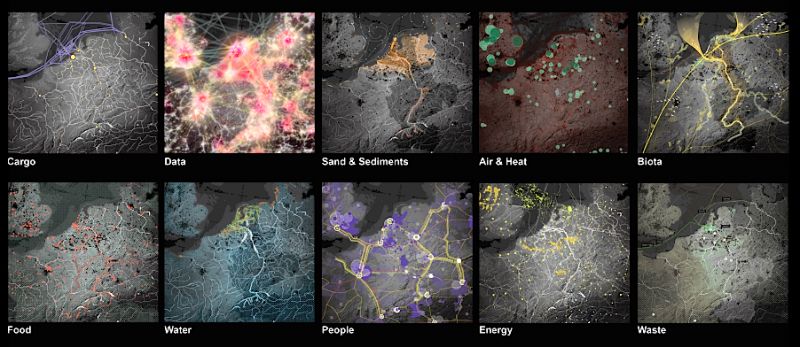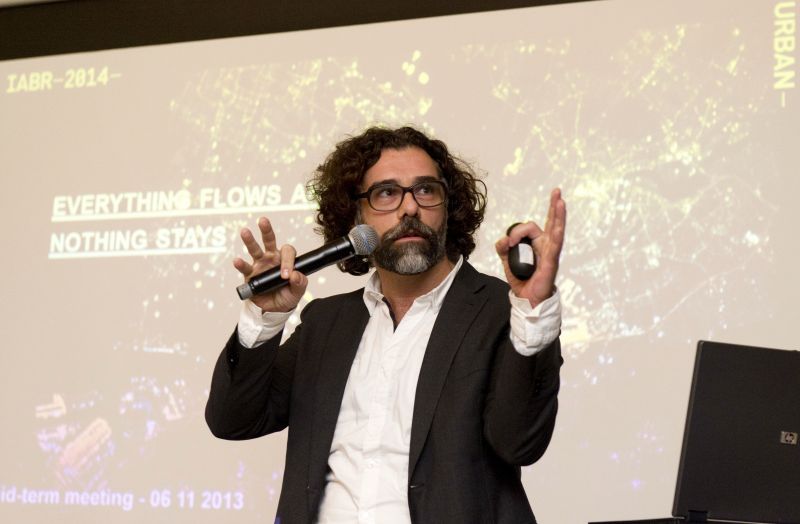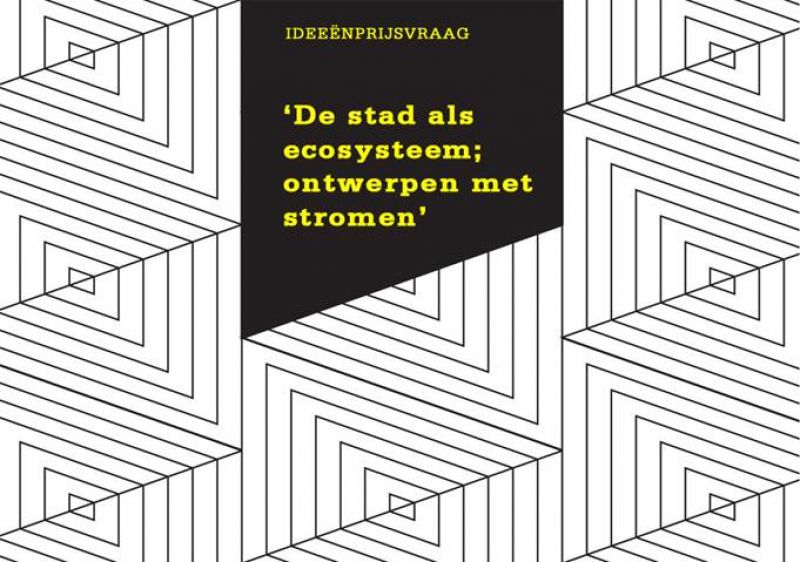
IABR–Project Atelier Rotterdam
The IABR–2014–PROJECT ATELIER ROTTERDAM: THE URBAN METABOLISM, researched and tested a new approach. Urban Metabolism is an as-yet largely unexplored methodology for spatial design and planning, and by implementing it the Atelier has helped to uncover a new field of work for urbanists. The method is an innovative interface between different policy areas, such as environmental and spatial development, and it productively connects agendas for local economic development and greater sustainability.
Results
The great interest shown in the results of the Atelier by a wide range of policy departments of the Municipality of Rotterdam and by the Port Authority of Rotterdam, emphasizes the value of this innovative approach to spatial development. On the national level, the Ministry of Infrastructure and the Environment is now investigating how the results of Project Atelier Rotterdam can be integrated in its policies. And the IABR has decided to further explore the viability of the methodology in its partnership with the government of Albania; Atelier Albania is doing research on the metabolism of the country as part of its flagship project Towards a Resilient Albania.
The Municipality of Rotterdam makes use of the results of the Atelier in working towards a sustainable and circular economy, and they will be essential input for the next IABR–Project Atelier Rotterdam, developed as part of IABR–2016.
Sustainable development models
The IABR–Project Atelier Rotterdam – a collaboration between the IABR and the Municipality of Rotterdam – was set up as part of IABR–2014 with the aim to develop more sustainable development models for the city by means of a large-scale research by design trajectory on the urban metabolism of Rotterdam. Active partners were the Port Authority of Rotterdam, the PBL Netherlands Environmental Assessment Agency, TNO and other stakeholders.
The metabolism approach assumes that every city is a complex, sprawling and active system that is unceasingly working to provide for the needs of its occupants. We can describe this system not just in technical or purely physical terms, but also in organic terms. Just as a human body breathes, drinks, eats, uses its senses, and excretes waste, so vital material flows can be identified and analysed in the "body" of the city, its metabolism.
What happens when we project this ‘naturalistic’ view on the city of Rotterdam? Where better to research, analyse and test the upgrade of the urban metabolism as a tool for its future sustainable development than in Rotterdam, one of the largest port cities and centrally located in the Rhine-Meuse Delta, one of the most bustling in the world?
The design offices .FABRIC and JCFO have mapped the material flows moving into and out of the city of Rotterdam and the Delta, analysed how these flows interact with the territory and space and explored how they can, individually and as system, have a positive impact on the (environmental) performance of the city. Based on this extensive research by design, specific proposals for pilot projects have been developed.
Nine short animation films were made to visualize the material flows; they can be watched from our website.
The results of the Project Atelier Rotterdam were not only presented in the main exhibition of IABR–2014–, they were also discussed in the symposium Tinkering with the Material Flows which took place on June 25, 2014.
The workings and outcomes of the Atelier were also published. Urban Metabolism Rotterdam can be downloaded at the bottom of this page.
Project Atelier Rotterdam is a partnership of the IABR and the Municipality of Rotterdam. The design by research was executed by James Corner Field Operations (JCFO, New York) and .FABRICations (Amsterdam). Actively contributing to the Atelier were the PBL Netherlands Environmental Assessment Agency, the Port Authority of Rotterdam, the Rotterdam Climate Initiative and TNO.
The IABR initiates and produces the Project Ateliers as a lead partner for the Regional and Local Design Dialogue Program, within the framework of the Ministry of Infrastructure and the Environment’s Action Agenda for Architecture and Spatial Design 2013–2016.

